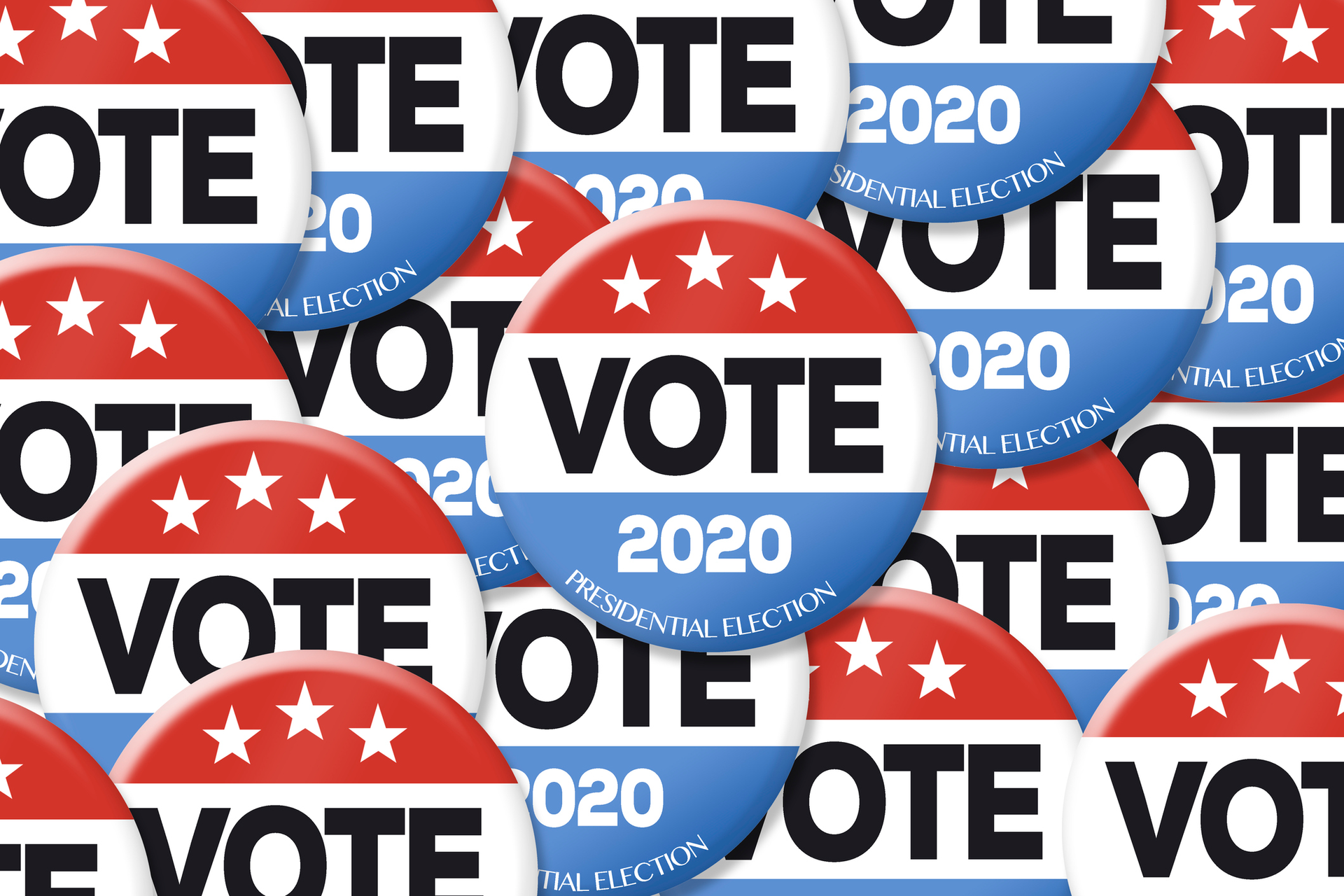Changing behaviors in media consumption, and more precise targeting in digital video, compel brand marketers to adjust their strategy and spend.
Political campaigns also update their ad mix, following the latest trends. But spending will almost certainly continue to rise, overall. Big money is just politics as usual.
In DMN’s two-part interview with former President Barack Obama videographer Arun Chaudhary, we discussed the potential opportunity in engaging younger voters on Snapchat or Twitch.
Traditional media spend, however, will be the main driver for high revenue.
I spoke recently with Patrick O’Leary, founder and CEO of Boostr, a revenue management platform for media companies.
According to O’Leary, media companies expect six to $10 billion in ad spend throughout the 2020 election cycle, with two-thirds coming down the road, during the general election.
For publishers, O’Leary told me, “politics are very topical right now. And I think if you’re a publisher, whether you’re TV or digital, you should be looking at this like the Olympics. This is going to happen every four years. There’s going to be a flood of money that’s going to enter the market. This is a big tentpole event.”
He added that the total pie for digital dollars is estimated at $2 billion. That sum will be split roughly 50-50 between digital and banner-type ads.
What strategy will be the game changer this year? Campaigns are banking on the addressable capabilities offered by traditional legacy companies, even as spend in CTV and OTT continues to rise.
“I think addressable TV is going to be big this year because, for the first time, the technology is there to buy TV ads that are targeted, like digital,” O’Leary stated. “And so when you think about the general campaign, [advertisers will work with] very sophisticated companies that have data analytics teams and know how to target and test the messaging in a dynamic digital environment. So I think we’re going to see them using addressable TV and OTT to go out to the swing states, where it is going to make a difference.”
Where local media can make an impact
According to O’Leary, local spend is expected to follow the primaries from state to state, in swing states: “I do think that the digital news publications, this is a big opportunity for them. If they really want to, they can make sure they have the right targeting capabilities to get the ads and the messages in front of people. If you have solutions that allow those campaigns to test messages, and do dynamic targeting, you can do really well.”
But the windfall of spending from these political “Olympics” isn’t guaranteed to go to traditional local publishers. “If you’re a local news outlet, like you’re running a local newspaper, or radio or TV there,” O’Leary cautioned, “you need to somehow forget that you’re going to get access to those dollars.”
All publishers need to be prepared to work with the “extremely talented” and “data-driven” campaign teams.
“I think [campaigns] will probably do more experimenting this year,” he said. “And if you’re a publisher, you need to be figuring out how to help them achieve their objectives and give them the scale in audience-level targeting. You need to be thinking, how do I get access to those dollars? What are the strategies? Do I have the right content? How am I going to get the traffic? Do I need to pay for research to just set up microsites? Do I create a content solution that allows me to get access to that money and provide that kind of an audience?”
Think big at the state level
Because so much of the revenue will be spent during the high-stakes general campaign season next year, publishers big and small will also have to think about top-of-the-line services like brand safety.
“I think if you are a publisher trying to make money on this, you’d be well served to figure out what your content strategy is that creates a brand-safe place for that campaign, as well as the other brands that are coexisting in your platform.”
Sure, national candidates seek out voters at the local level to win swing states, but local politics can also fuel a publisher’s content strategy.
“One of the things that I find really interesting in California,” O’Leary pointed out, is it’s a referendum a state. And so, as a voter, you get a packet sent to you, that outlines all the rules, referendums, with a short soundbite about the pros and cons for each referendum. And so as a publisher, I might think of how to create this election-specific content around these various issues. I could target that content and create that as a demand vehicle for the ad dollars. And so I think publishers need to find new creative ways, because their media is very powerful.“
|
Read Next: Ex-White House Videographer Arun Chaudhary Takes a Look at 2020
|







